Content |
|---|
History
¿Son “Wolfsspitz” and “Keeshond” identical?
This question repeatedly leads to confusion among experts and laymen alike.. Although most cynologists today use the Dutch name Keeshond and the german name Wolfsspitz as a synonym for the same breed of dog, a closer look reveals some differences between Wolfsspitz and Keeshond. These may include, the Wolfsspitz is usually slightly larger than the Keeshond, while the latter has slightly longer and even more voluminous fur. But how can such differences exist??
A look at history helps
To understand the development of Wolfsspitz or Keeshond, the origin of the dog breed is worth taking a look at. Because it is true that both variants have a common origin and this goes back a long time.. The Spitz, probably descended from the Stone Age peat dog, It is considered one of the oldest dog breeds in Germany and, thanks to his outstanding achievements as a house dog, yard and guard, has become an indispensable everyday companion for many generations.
Dutch People's Party mascot
The dutch Cornelis “Kees” of Geyzelar, the leader of the Dutch People's Party, he also had an extremely loyal companion in his Wolfspitz. In 1781 the dog of Kees became a symbol of the patriotic revolution. Since then dogs of this type were called “Keeshond” in Holland. Today this name is used in the Netherlands as a generic term for the five variants of the German Spitz. For a more exact differentiation, name extensions are used here, as “Dwergkeeshond” (= spitz enano), “Grote Keeshond” (= large spitz) or “Wolfsgrijze Keeshond” (= spitz lobo).
From Germany and the Netherlands to the whole world
From Germany and the Netherlands, the breed eventually made its way to other European countries and the US., where, depending on the origin of the dogs, the name of Keeshond or Wolfsspitz. Over time, two different breeding lines were developed, each of whom preferred different characteristics. In direct comparison with the Keeshond dutch and the Wolfsspitz German, subtle differences are observed, like a smaller stick size and a longer fur on the Keeshond against longer runs and a slightly shorter coat on the Wolfsspitz. But, an exact differentiation of both phenotypes was never successful due to the abundance of similarities.
Depending on the country, the terms Keeshond or Wolfsspitz are therefore used very differently. While “Keeshound” is used in the Netherlands as a generic term for “Spitz“, the name in Great Britain and in the US. refers exclusively to the variant of the Wolfsspitz. In scandinavia, both names are common and represent different variants. German cynologists and breeders often use the name “Wolfsspitz” to describe both types. To differentiate it from “Keeshound“, that was developed more abroad, the German Wolfsspitz is sometimes also called the “old german type”.
Physical characteristics
The docile and friendly nature of the Keeshond contrasts with its original appearance, almost wild. The dense coat, average length, has abundant undercoat and is silver gray with black hair tips. The cloudy gray fur, reminiscent of the drawing of a wild wolf, is typical of this breed of dog, which also carries the “Wolf” in her name.
With a height at the cross of 43 to 55 cm el Keeshond is one of the largest representatives of the German Spitz. Compared to other dog breeds, is of medium height.
As is typical of a Spitz, the Keeshond also has a pointed snout, like that of a fox. The muzzle and ears are usually black, the bushy mane surrounding the shoulder ring is a lighter silver gray and darkens again on the back and belly. The tail is very bushy and is carried confidently from the back.
Character and skills
In order not to cause further confusion in the following breed description, we use the names of the breed “Keeshond” and “Wolfsspitz” as synonyms at this point. After all, both variants are hardly distinguished in the description of their character and appearance. But what is it that really distinguishes the character of these dogs??
Faithful and loving guard dog
Even today the Keeshond is known for his faithfulness and loyalty. Along with their high level of care, his distrust of strangers and his early attack, These characteristics made it an excellent and extremely popular watchdog with farmers and other large landowners.. Even as today's family dog ​​and companion, has retained his loyal and caring nature and vigilance. The Keeshond he is extremely needy of love and always seeks the closeness of his humans. Of course, being alone is not in his nature. Thanks to its pronounced “will to please”, that is to say, the desire to please their humans and their undemanding nature, can fortunately accompany his humans (almost) everywhere. It is capable of adapting to the living conditions and daily life of its owners and hardly demands anything from its owners., as long as you know your loved ones closely.
Uncomplicated family dog
Properly, it also does not demand much of its movement and is also satisfied with “laziest days”. But, is very open to long walks or even dog sports. If you are allowed to share these experiences together with your human, the Keeshond proves to be an extremely lively and spirited companion, who is sometimes even said to have a certain high spirit. So, in the case of young children it is better not to leave it unattended (which applies to almost all dog breeds). But, the Keeshond it is an uncomplicated family dog, who tends to get along very well with children and other pets.
Education
But, so that your balance and frugality are developed to the maximum, a good and consistent education is required, and this applies to all dogs in principle. Apart from learning the most important basic commands, it is often a matter of limiting your barking pleasure. The Keeshond, that carries the guard in the blood, attacks early and tends to become a thief, especially when bored. But, by socializing as soon as possible, consistently showing your limits and working harder to use your temper, you can significantly reduce their barking and make sure your Keeshond only hit when really necessary. At the same time, you would do well to get your cuddly four-legged friend used to being alone as soon as possible, even for a short time.
Basically, the Keeshond is considered very docile, intelligent and above all people-oriented. If the dog-human relationship is correct, that is to say, if the necessary mutual trust prevails, you Keeshond will always try to please you and will soon dismiss any behavior you don't like.
Care
Despite the dense fur, spending on care remains within limits with the Keeshond. The undercoat is not prone to knots or tangles, so it is enough to brush it regularly and briefly. An advantage of Keeshond is that their fur has very little odor. So you don't have to worry about strong dog odors with this breed..
as with all dogs, the eyes, the legs, teeth and ears should be checked and cleaned regularly. You should also get annual checkups at the vet, vaccinations and deworming.
Keeshond Health
Diseases typical of the breed are not known to occur in the Keeshond. The original dog breed is very robust and undemanding. An age of 15 years and more is not uncommon in him. This is probably due to the fact that the breed has never been overgrown. Although it was quite popular in difficult times, especially during WWII, due to its frugality, the wild and original Keeshond never became a “fashion dog”.
The breeding and purchase of Keeshond
Until today, the Keeshond it is a rather rare breed of dog. So it may take a while to find breeders of Keeshond they are expecting puppies. Use this time to optimally prepare for your new four-legged roommate.. In addition to the necessary initial equipment, like a bowl and a blanket for the dog, it should also clarify important issues like: “Who will take care of my dog if I have to travel or am sick??”, “What vaccinations are necessary?” and “What food does my dog need?”. If he Keeshond it's your first dog, you should learn the most important basics about dog training and breeding before you buy it. In addition to informational texts from the Internet or books, it is often very helpful to talk to experienced breeders or dog owners. You can make contacts, for example, with a registered dog club for him German Spitz, dog schools and breeders.
Wolfsspitz nutrition
An important question that dog owners must ask themselves over and over again is, what dog food does my four legged friend need? Although it is considered that Keeshond is not very demanding and it is said that they were content with one potato a day during the Second World War, you need to make sure your dog receives all the important nutrients. Nutritional requirements not only vary from dog to dog, they also depend on the age of the dog. These may include, a puppy that is still growing will naturally need a different food than an adult dog or an old man who spends most of his time lying on his blanket. It also, the amount and type of exercise, as well as the size, weight and health, will affect the dog's needs. In case of doubt, consult your veterinarian or breeder to determine your dog's exact needs.
Dry food, wet food or BARF method?
There are now a number of dry or wet feed providers offering feed mixes that are specifically tailored to the needs of a breed, specific age or body size. Pay attention to the high proportion of high quality meat and vegetables in the feed. You should avoid meat scraps in the food that do not provide the dog with any significant content.. Another indication of inferior quality is an excessively high proportion of cereals. Although the risk of being overweight in the Keeshond bigger is not as high as in the spitz enano, for example, also starts comparatively fast – like all German Spitz. A healthy alternative to conventional dog food is the BARF, but this feeding method requires some knowledge and experience.
Characteristics "Keeshond"
Coexistence is important that you have with your new friend. Before considering the acquisition of a dog of the breed "Keeshond" you know certain factors. Not all breeds of dogs are apt to live in an apartment, you must take into account his character, their need for exercise, their interaction with other pets, their care and if you have small children, their level of tolerance towards them.
Training ?3.0 out of 5 stars (based on 1 review)
|
Suitability of the apartment ?3.0 out of 5 stars (based on 1 review)
|
Can be alone all day ?1.0 out of 5 stars (based on 1 review)
|
|---|---|---|
Suitable as a first dog ?4.0 out of 5 stars (based on 1 review)
|
Weight gain ?4.0 out of 5 stars (based on 1 review)
|
Health ?5.0 out of 5 stars (based on 1 review)
|
Intelligence ?5.0 out of 5 stars (based on 1 review)
|
Kindness with child ?4.0 out of 5 stars (based on 1 review)
|
Tendency to bite ?3.0 out of 5 stars (based on 1 review)
|
Tendency to bark ?5.0 out of 5 stars (based on 1 review)
|
Tendency to flee ?2.0 out of 5 stars (based on 1 review)
|
hair loss strength ?5.0 out of 5 stars (based on 1 review)
|
Suitable as a guard dog ?5.0 out of 5 stars (based on 1 review)
|
Joy ?5.0 out of 5 stars (based on 1 review)
|
Cat friendliness ?4.0 out of 5 stars (based on 1 review)
|
Power level ?4.0 out of 5 stars (based on 1 review)
|
Suitable as a family dog. ?4.0 out of 5 stars (based on 1 review)
|
Energetic ?3.0 out of 5 stars (based on 1 review)
|
Tendency to drool ?2.0 out of 5 stars (based on 1 review)
|
Hunting instinct ?2.0 out of 5 stars (based on 1 review)
|
Hold the heat ?3.0 out of 5 stars (based on 1 review)
|
withstand the cold ?3.0 out of 5 stars (based on 1 review)
|
Suitable as a sniffer dog ?3.0 out of 5 stars (based on 1 review)
|
Suitable as an assistance dog. ?2.0 out of 5 stars (based on 1 review)
|
obedience. ?4.0 out of 5 stars (based on 1 review)
|
Type and recognitions:
- FCI CLASSIFICATION:
- Group :
- Section : . .
Federations:
- – FCI – Group 5 – Section 4 European Spitz. ⓘ
- – AKC – Non-Sporting ⓘ
- – ANKC – Non-Sporting ⓘ
- – CKC – Non-Sporting ⓘ
- – KC – Utility dogs ⓘ
- – NZKC – Non-Sporting ⓘ
- – UKC – Northern races ⓘ
FCI breed standard "Keeshond"
Alternative names:
1. Kees, Dutch Barge Dog, Smiling Dutchman, German Spitz, Deutscher Wolfspitz, Wolfspitz (English).
2. spitz loup, keeshond (French).
3. (German).
4. Spitz alemão, Chien Loup, Spitz lobo (Portuguese).
5. Wolfspitz, Deutscher Wolfsspitz, Dutch Barge Dog (español).
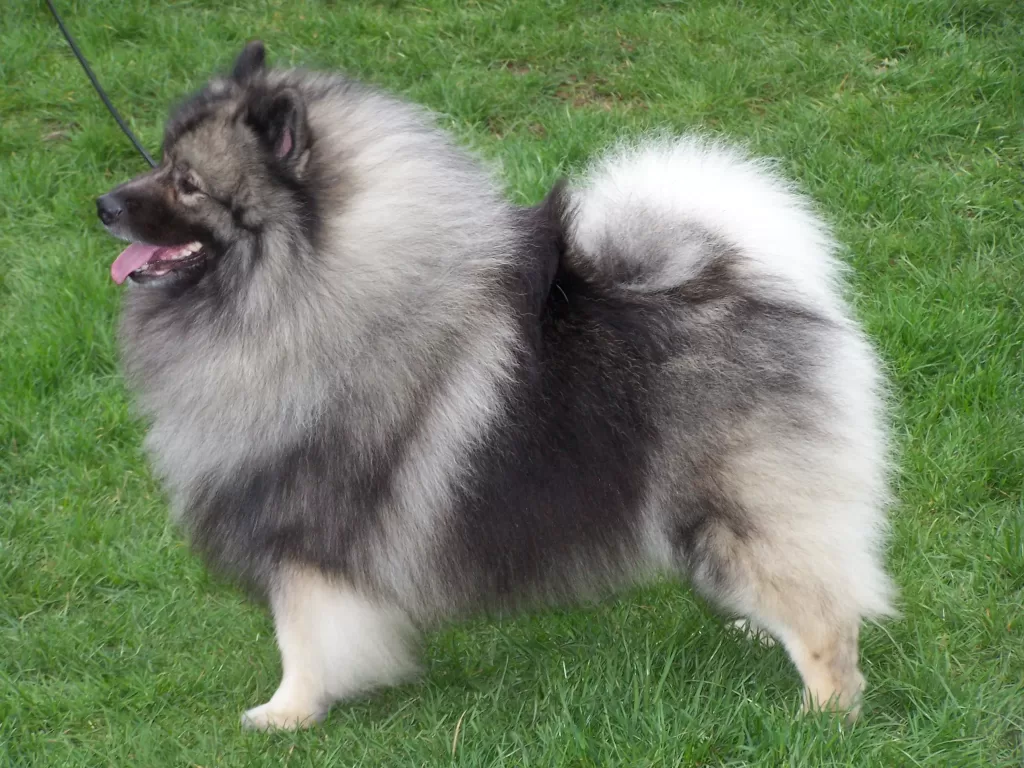
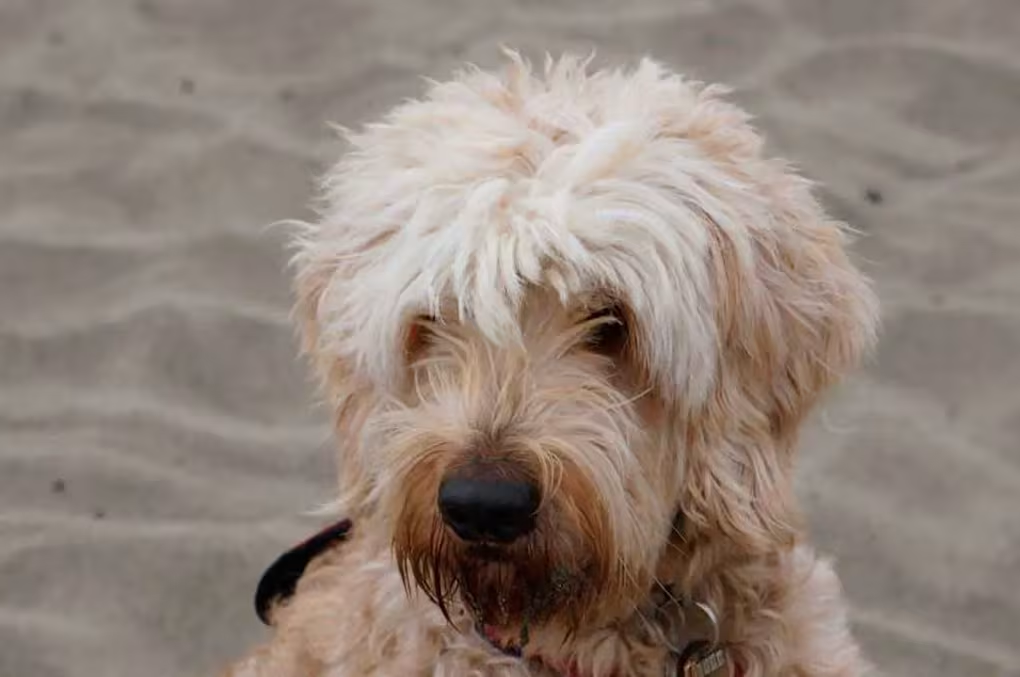

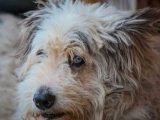
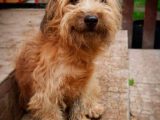
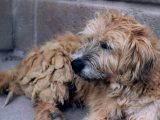
 Walk Herperduin with the Dutch Smoushond 31-08-2014
Walk Herperduin with the Dutch Smoushond 31-08-2014 Ratonero Dutch / Breed of dog
Ratonero Dutch / Breed of dog Dutch Smoushond – Dutch Smoushond
Dutch Smoushond – Dutch Smoushond Bruno (Dutch Smous) plays with balloons
Bruno (Dutch Smous) plays with balloons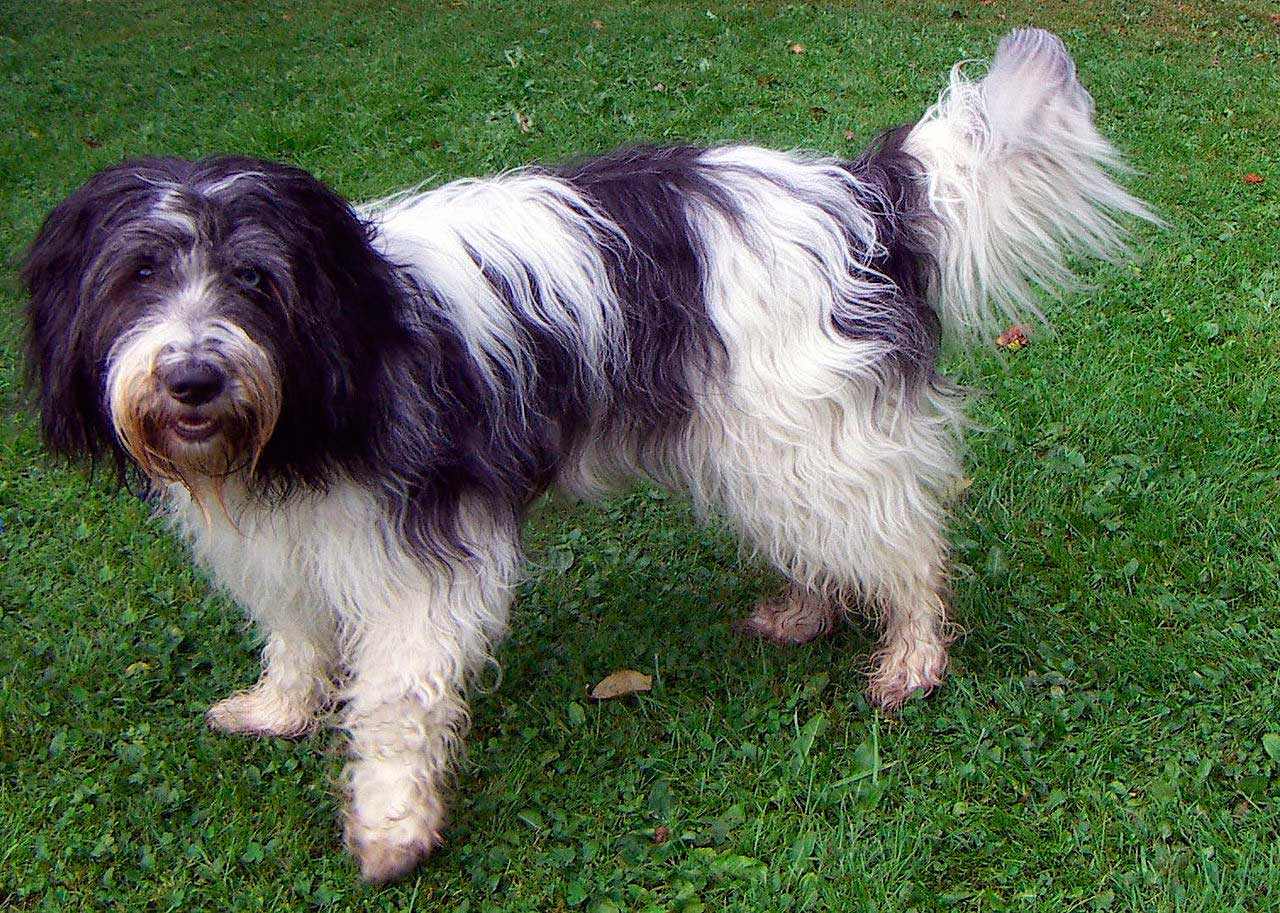
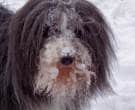
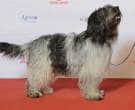
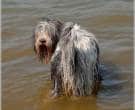
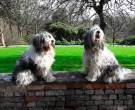
 schapendoes dutch (Dutch Schapendoes) Breed of dog
schapendoes dutch (Dutch Schapendoes) Breed of dog Dutch Sheepdog – Schapendoes & Puppies
Dutch Sheepdog – Schapendoes & Puppies Dutch Schapendoes
Dutch Schapendoes A sheepdog charm
A sheepdog charm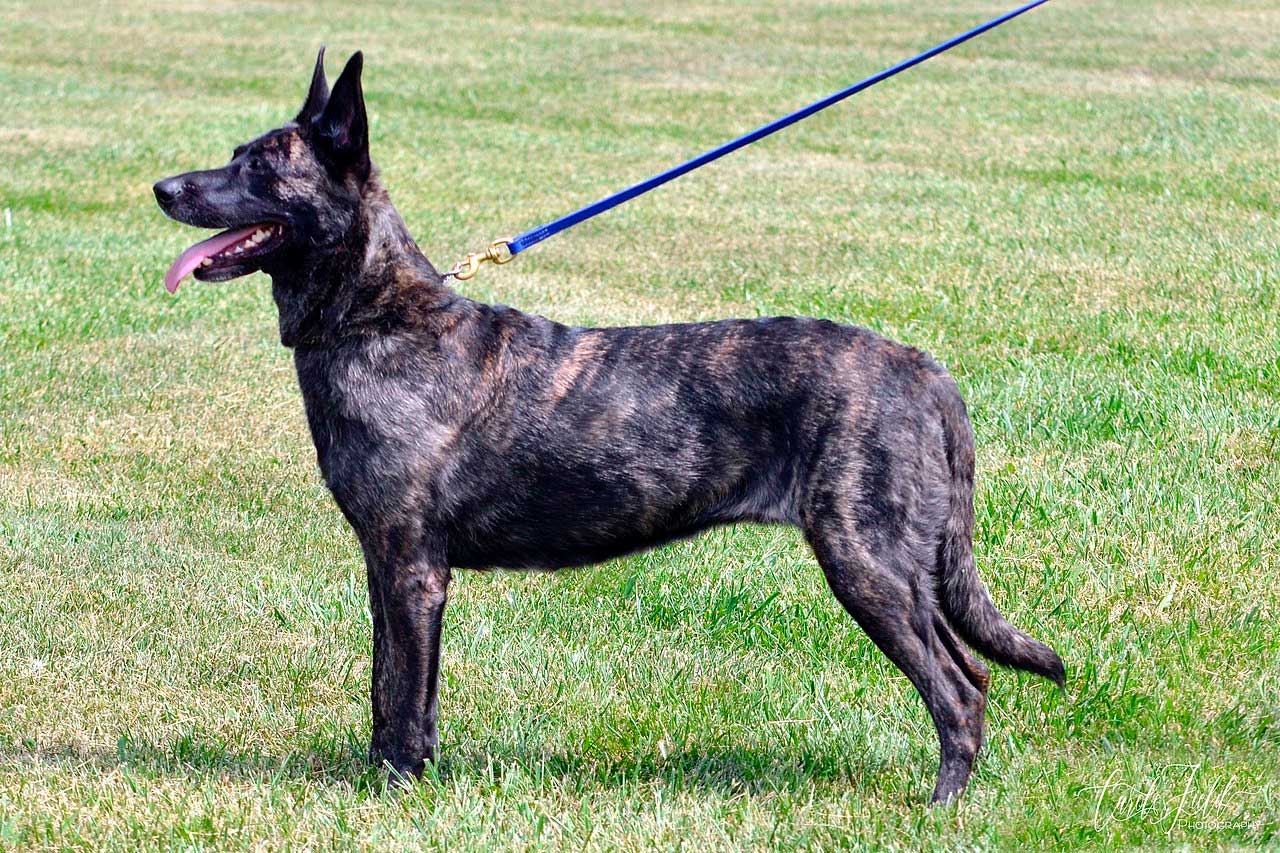


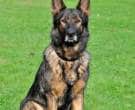
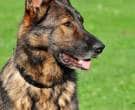
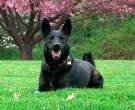
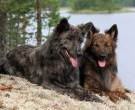
 Dutch Shepherd from the Hatchery
Dutch Shepherd from the Hatchery Dutch Shepherd Alertness and resistance, The best Breed of Police Dog
Dutch Shepherd Alertness and resistance, The best Breed of Police Dog Dutch Shepherd Dog Breed – Amazing Facts
Dutch Shepherd Dog Breed – Amazing Facts ALL ABOUT LIVING WITH WIRE HAIRED DUTCH SHEPHERDS
ALL ABOUT LIVING WITH WIRE HAIRED DUTCH SHEPHERDS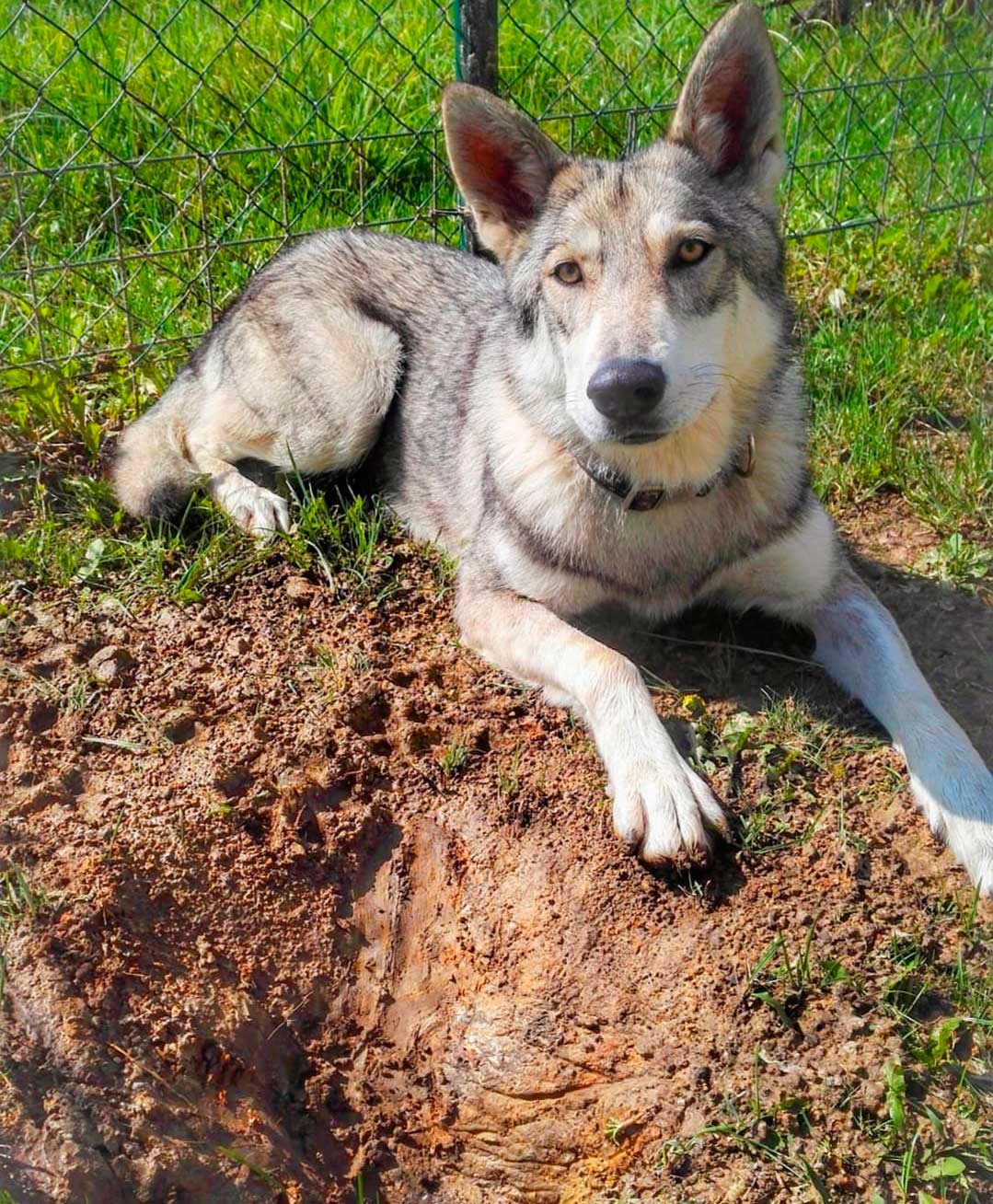
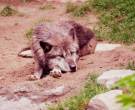
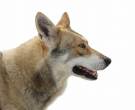
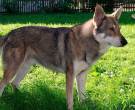
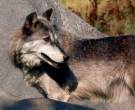
 THE SAARLOOS WOLFDOG
THE SAARLOOS WOLFDOG Introducing: Saarloos Wolfhound
Introducing: Saarloos Wolfhound Saarloos Wolfdog puppies
Saarloos Wolfdog puppies Saarloos Wolfdog agility
Saarloos Wolfdog agility